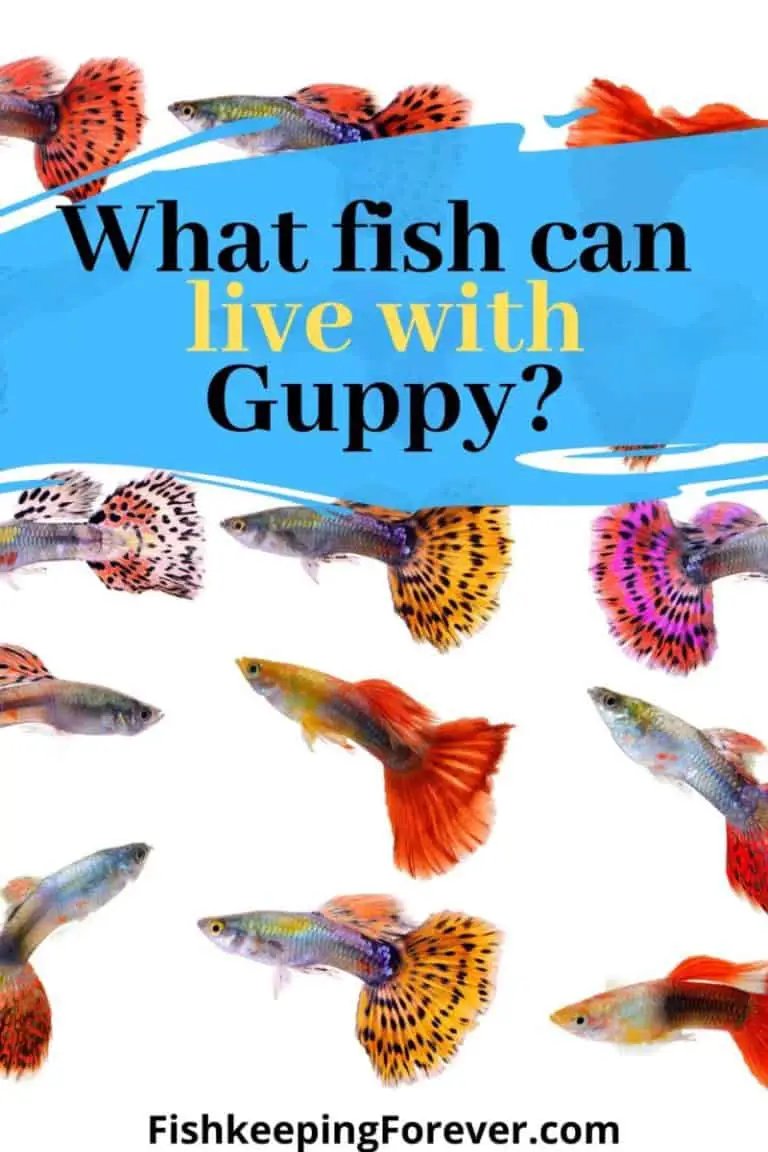
First off, it’s essential to know that guppies are generally peaceful little creatures. They thrive in a community setting, surrounded by other non-aggressive species. But just like in any social setting, not all fish are a good match. Some might nudge them out of the way at feeding time, while others could view them as a tasty snack! So, how do you figure out what works? That’s what this guide is here to help you with.
Understanding Guppy Behavior
Guppies, scientifically known as *Poecilia reticulata*, are small, lively fish that usually grow to about 1.5 to 2 inches long. If you picture a lively friend who’s always upbeat and social, you can envision your guppy! They’re known for their dependent behavior and tend to swim around in groups, also known as schools. This social nature means they thrive in a tank where they can interact with other fish.
Guppies are also livebearers, which means they give birth to live young instead of laying eggs. This can lead to rapid population growth if you’re not careful! The females are typically larger and more subdued in color compared to the males, who are decked out in stunning hues. This difference often helps aquarists identify the male and female guppies easily. But keep in mind, with all that swimming around, they can also become targets for more aggressive fish.
Key Factors in Fish Compatibility
When pairing guppies with other fish, there are a few critical factors to consider. Understanding these will help you create a peaceful aquarium:
- Temperament: Look for fish that are peaceful and non-aggressive.
- Size: Smaller fish are usually better companions as they’re less likely to be seen as food.
- Water Requirements: Ensure that the water parameters (like temperature and pH) match.
- Schooling Behavior: Some fish prefer to be in groups, which can influence their behavior.
Keeping these factors in mind can help prevent any unexpected drama in your tank. For example, mixing guppies with more aggressive fish like cichlids can lead to disaster. Cichlids, known for their territorial behavior, might see guppies as competition or prey.
Best Tank Mates for Guppies
If you’re looking to create a diverse community tank, there are plenty of friendly options that work well with guppies. Here are some fantastic choices:
- Neon Tetras: These colorful little fish are peaceful and small, making them perfect companions for guppies.
- Endler’s Livebearers: Similar to guppies, Endler’s are friendly and won’t bother your guppy school.
- Cherry Barbs: Known for their playful nature, they get along well with guppies and add some fun to the tank.
- Otocinclus Catfish: These algae eaters are gentle and actually help keep the tank clean without bothering guppies.
These fish will complement your guppies’ playful spirit, and you’ll enjoy a vibrant and lively aquarium!
Fish to Avoid with Guppies
While many fish get along with guppies, some are better left on the shelf. It’s crucial to avoid certain species that might cause problems. Here’s a quick list of fish that don’t mix well with guppies:
- Betta Fish: Bettas are territorial and can be aggressive towards guppies, especially males.
- Cichlids: Many cichlid species are aggressive and may see guppies as food.
- Goldfish: They prefer cooler water temperatures, while guppies thrive in warmer conditions.
- Giant Gouramis: These large fish can be bullies and may harm smaller, peaceful tank mates.
By keeping these fish out of your guppy community, you’re helping ensure a stress-free environment where all your fish can thrive.
Creating a Compatible Aquarium Environment
Setting up your aquarium properly can make a world of difference in how well your guppies and their companions get along. Here are some tips to create a harmonious environment:
1. Tank Size Matters: A larger tank usually means more space for fish to establish territories and avoid each other. Aim for at least a 20-gallon tank if you want to keep multiple species.
2. Plant Cover: Adding plants and decorations provides hiding spots for fish that enjoy a bit of privacy. This helps reduce stress and promotes natural behavior.
3. Regular Maintenance: Clean water is vital! Regular water changes and good filtration will keep your fish healthy and lessen aggression among them.
4. Monitor Water Parameters: Keep an eye on temperature, pH, and ammonia levels. Guppies thrive in warmer, slightly alkaline water, so aim for 75-82°F (24-28°C) and a pH of 7.0–8.0.
By following these guidelines, you can create a welcoming environment where guppies and their neighbors can coexist peacefully!
Signs of Aggression or Stress
Even in a well-planned tank, you may notice some signs of stress or aggression among your fish. Being aware of these signs will help you react quickly. Here are some behaviors to watch out for:
– Hiding: If your guppies are hiding more than usual, it may indicate stress from tank mates.
– Fins Torn or Nipped: This could mean that they’re getting bullied by other fish.
– Lethargy: If your guppy seems less active, it might be feeling unwell or stressed.
– Color Fading: A change in color can signal stress or illness.
If you observe these indicators, don’t hesitate to make adjustments. You might need to separate aggressive fish or even rehome some companions to keep your guppies happy and healthy.
Final Thoughts on Guppy Compatibility
In conclusion, guppies can thrive in a community tank, but careful planning is essential to ensure compatibility. By understanding their behavior and the needs of potential tank mates, you can create a colorful and lively ecosystem in your aquarium. With the right companions, your guppies will flourish, adding beauty and energy to your fishkeeping experience.
So, when you consider adding fish, think about what will make a great dinner party for your aquatic friends. Pair them wisely, and you’ll have a balanced, bustling tank that you’ll love to watch. Whether you’re an experienced aquarist or just starting, bringing together harmonious species is the key to a happy aquarium. Enjoy the journey, and happy fishkeeping!

